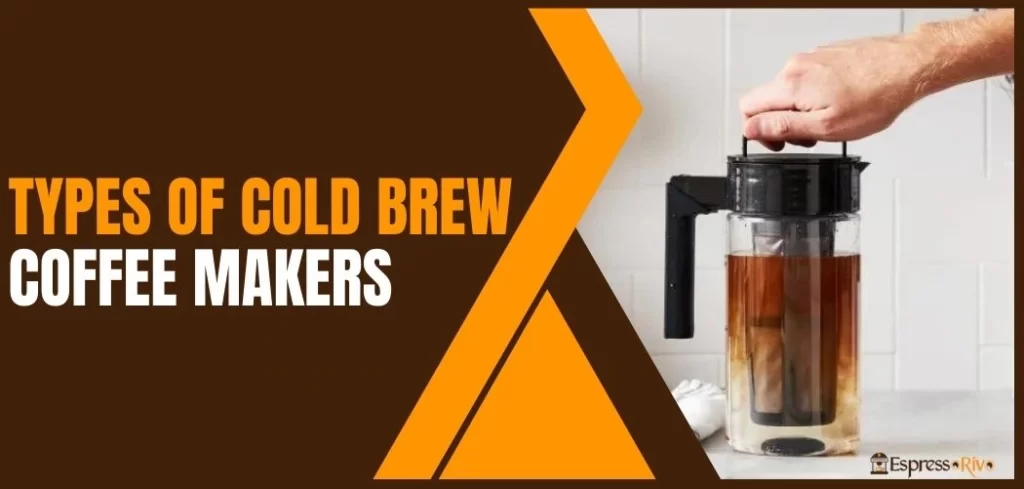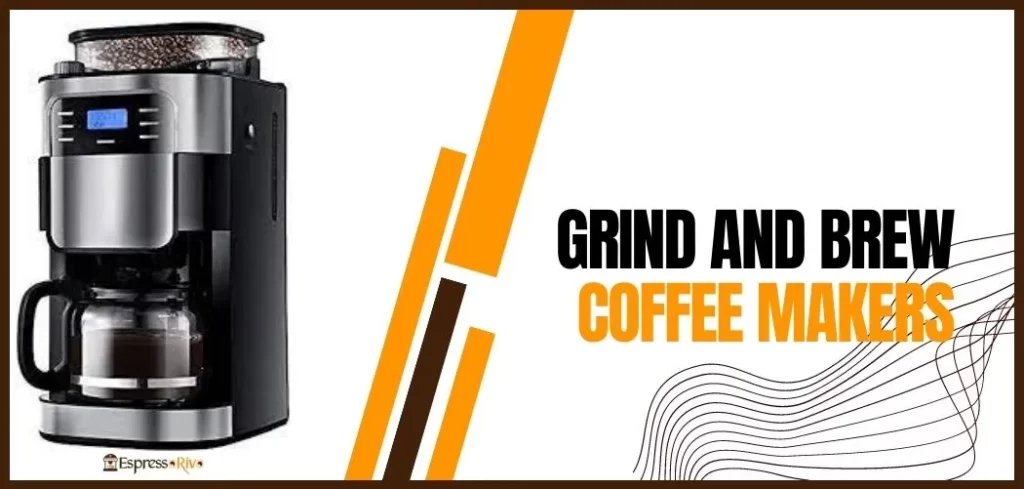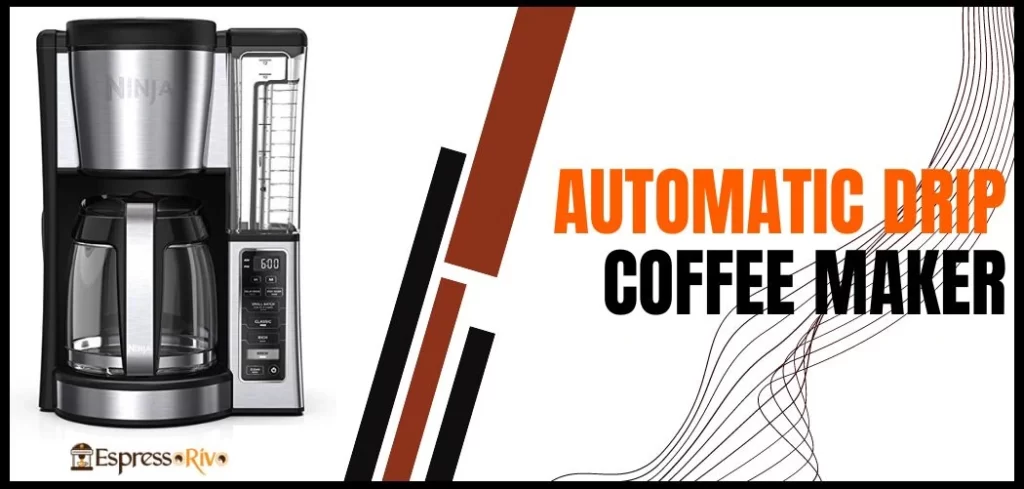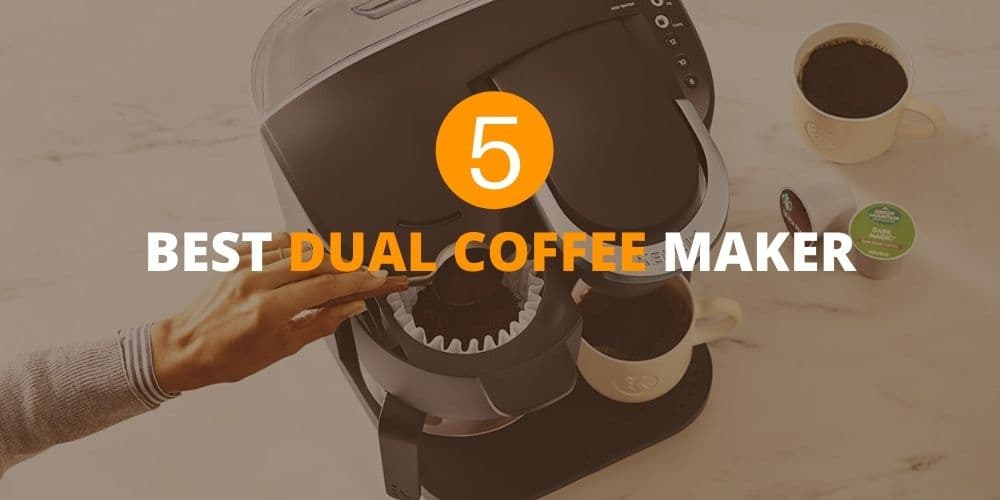Are you a coffee lover who enjoys the ritual of brewing a fresh cup every morning? If so, you’ve probably experimented with different brewing methods and wondered which one produces the best-tasting cup of coffee. Two popular brewing methods that coffee enthusiasts swear by are French Press and Drip Coffee.
The French Press, also known as a press pot, plunger pot, or cafetière, is a manual brewing method that originated in France in the 1800s. It consists of a cylindrical glass or stainless steel container with a plunger and a metal or nylon mesh filter. To make coffee using a French Press, you add coarsely ground coffee beans to the container, pour hot water over the grounds, and let it steep for a few minutes. Then, you press down the plunger to separate the brewed coffee from the ground.
On the other hand, Drip Coffee is a popular brewing method that uses an automatic drip coffee maker to brew coffee. It involves adding water to a reservoir, adding coffee grounds to a filter basket, and letting the machine do the rest. The water drips through the coffee grounds and the filter, into a carafe, producing a smooth and consistent cup of coffee.
In this article, we aim to determine which brewing method produces a better-tasting cup of coffee – French Press or Drip Coffee. We’ll compare the brewing process, taste, pros and cons, and provide recommendations on which method to choose. So, sit back, grab a cup of coffee, and let’s dive in!
Brewing Process
A great cup of coffee starts with the brewing process. The French Press and Drip Coffee methods have distinct brewing processes that affect the taste and quality of the final product.
Explanation of the French Press Brewing Process
The French Press brewing process involves a few simple steps that can be easily mastered. To start, add coarsely ground coffee beans to the container – the general rule of thumb is one tablespoon of coffee grounds per four ounces of water. Boil water and let it cool down for a minute or two, then pour it over the coffee grounds. Stir the mixture to ensure that all the coffee is immersed in water, then let it steep for around four minutes. Finally, press down the plunger slowly to separate the brewed coffee from the grounds.
There are several variables that can affect the brewing process, including the water temperature, steeping time, coffee-to-water ratio, and grind size. It’s important to experiment with these variables to find the ideal brewing conditions for your taste preferences.
Explanation of the Drip Coffee Brewing Process
The Drip Coffee brewing process is more automated than the French Press method. First, add water to the reservoir of the coffee maker. Then, add coffee grounds to the filter basket – the general rule of thumb is two tablespoons of coffee grounds per six ounces of water. Turn on the machine, and the water will drip through the coffee grounds and filter into a carafe. The whole process usually takes around five minutes.
Like the French Press method, there are several variables that can affect the brewing process, including water temperature, coffee-to-water ratio, and grind size. However, with a drip coffee maker, the machine typically controls the water temperature and flow rate, resulting in a more consistent cup of coffee.
Both French Press and Drip Coffee brewing methods have their distinct advantages and disadvantages. Understanding the brewing process and experimenting with variables like grind size, water temperature, and coffee-to-water ratio can help you achieve the perfect cup of coffee every time.
Comparison of Taste
When it comes to taste, French Press and Drip Coffee have distinct differences. The brewing process and variables such as water temperature and grind size can impact the taste of the final product.
Taste of French Press Coffee
French Press coffee is known for its bold and robust flavor. The method allows for a longer steeping time, which extracts more flavor and oils from the coffee beans. The metal or nylon mesh filter used in French Press coffee doesn’t remove the coffee’s natural oils, resulting in a full-bodied and rich cup of coffee. The French Press method also allows for greater control over the coffee-to-water ratio and the water temperature, which can result in a stronger or weaker cup of coffee based on personal preference.
However, French Press coffee can sometimes have sediment or fine particles that pass through the filter, resulting in a gritty texture. The coffee may also be slightly cooler than Drip Coffee because the French Press container is not heated during the brewing process.
Taste of Drip Coffee
Drip Coffee is known for its smooth and consistent flavor. The brewing process is more automated, which can result in a more consistent cup of coffee. The paper filter used in Drip Coffee removes the coffee’s natural oils, resulting in a smoother and less oily texture. The water temperature and flow rate are usually controlled by the machine, resulting in a consistent and reliable cup of coffee.
However, some people may find Drip Coffee to be less flavorful than French Press coffee. The brewing process doesn’t allow for a longer steeping time, which can result in a less robust flavor. The paper filter can also remove some of the coffee’s natural oils, resulting in a less full-bodied texture.
Taste is subjective, and personal preference plays a significant role in choosing between French Press and Drip Coffee. If you prefer a bold and robust flavor, French Press coffee may be the best choice. If you prefer a smoother and consistent flavor, Drip Coffee may be the way to go.
Pros and Cons of Each Method
Both French Press and Drip Coffee have their own advantages and disadvantages. Here’s a closer look at the pros and cons of each method:
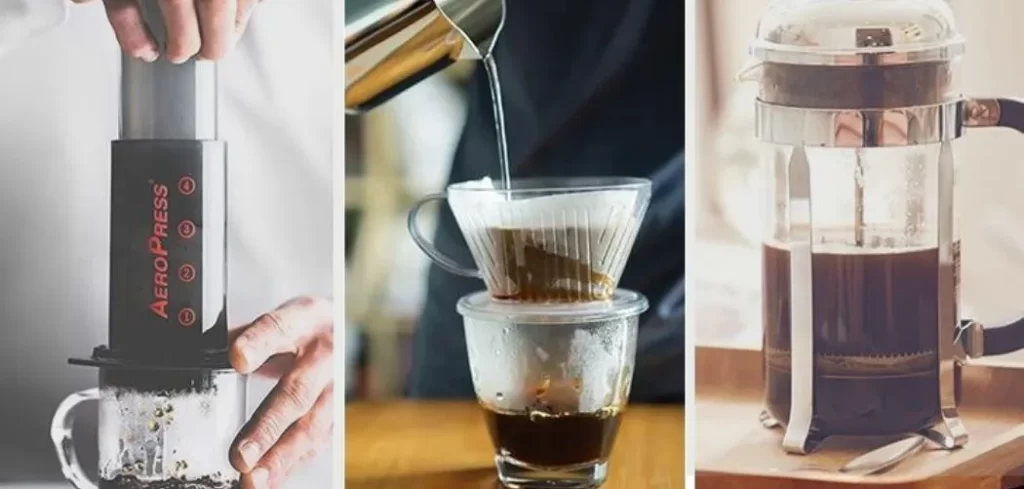
French Press
Pros
- Bold and robust flavor: French Press coffee is known for its full-bodied and rich flavor.
- Greater control: With French Press, you have greater control over the coffee-to-water ratio and the water temperature.
- Eco-friendly: The metal or nylon mesh filter used in French Press coffee is reusable, making it an eco-friendly option.
Cons
- Gritty texture: French Press coffee can sometimes have sediment or fine particles that pass through the filter, resulting in a gritty texture.
- Longer preparation time: The French Press method requires a longer preparation time, usually around 4-5 minutes.
- Difficult to clean: The metal or nylon mesh filter can be difficult to clean, and some coffee grounds may get stuck in the filter.
Drip Coffee
Pros
- Consistent flavor: Drip Coffee is known for its smooth and consistent flavor, thanks to the automated brewing process.
- Quick and easy: Drip Coffee machines are quick and easy to use, with minimal preparation time.
- Easy to clean: Drip Coffee machines are easy to clean, with disposable paper filters that can be easily replaced.
Cons
- Less control: With Drip Coffee, you have less control over the coffee-to-water ratio and the water temperature.
- Paper filter: The paper filter used in Drip Coffee removes the coffee’s natural oils, resulting in a less full-bodied texture.
- Expensive machines: High-quality Drip Coffee machines can be expensive, making it a less affordable option.
The choice between French Press and Drip Coffee comes down to personal preference. If you value a bold and robust flavor and greater control over the brewing process, French Press may be the way to go. If you prefer a smoother and more consistent flavor and a quick and easy brewing process, Drip Coffee may be the best option for you.
Which One to Choose?
Choosing between French Press and Drip Coffee ultimately comes down to personal preference. Both methods have their own unique advantages and disadvantages, and it’s up to you to decide which factors are most important to you.
If you value a bold and robust flavor, greater control over the brewing process, and don’t mind a longer preparation time, French Press may be the way to go. However, if you prefer a smoother and consistent flavor, a quick and easy brewing process, and don’t want to spend a lot of time cleaning your coffee equipment, Drip Coffee may be the best option for you.
It’s also worth noting that each brewing method may work better for different types of coffee beans. For example, French Press may be better suited for dark roast coffee beans, while Drip Coffee may be better for lighter roasts. Experimenting with different brewing methods and coffee beans can help you find the perfect combination that suits your taste preferences.
In the end, the best way to determine which brewing method to choose is to try them both out and see which one you prefer. Whether you’re a coffee connoisseur or just someone who enjoys a good cup of joe, both French Press and Drip Coffee can deliver a delicious and satisfying cup of coffee.
Conclusion
Both French Press and Drip Coffee are popular and effective methods for brewing coffee. Each method has its own unique advantages and disadvantages, and choosing the right one ultimately depends on personal preferences.
If you prefer a bolder and more robust coffee flavor with greater control over the brewing process, French Press may be the way to go. On the other hand, if you prefer a smoother and more consistent coffee flavor with a quick and easy brewing process, Drip Coffee may be the better choice.
Regardless of which brewing method you choose, it’s important to use high-quality coffee beans and equipment to achieve the best results. Take the time to experiment with different brewing methods and coffee beans to find the perfect combination that suits your taste preferences.
In the end, the most important factor is to enjoy the process and the end result – a delicious cup of coffee that satisfies your cravings and fuels your day. So whether you’re a coffee aficionado or a casual coffee drinker, both French Press and Drip Coffee can deliver a satisfying and delicious cup of coffee that you can enjoy at home or ont
Ronsil
Meet Ronsil, the master barista behind EspressoRivo. With years of experience in the coffee industry, he brings a wealth of knowledge and passion to the table. As the owner of a successful coffee shop, Ronsil is a sought-after adviser in the field. His expertise and love for the craft shines through in every cup he serves. We are honored to have him as part of our team at EspressoRivo
